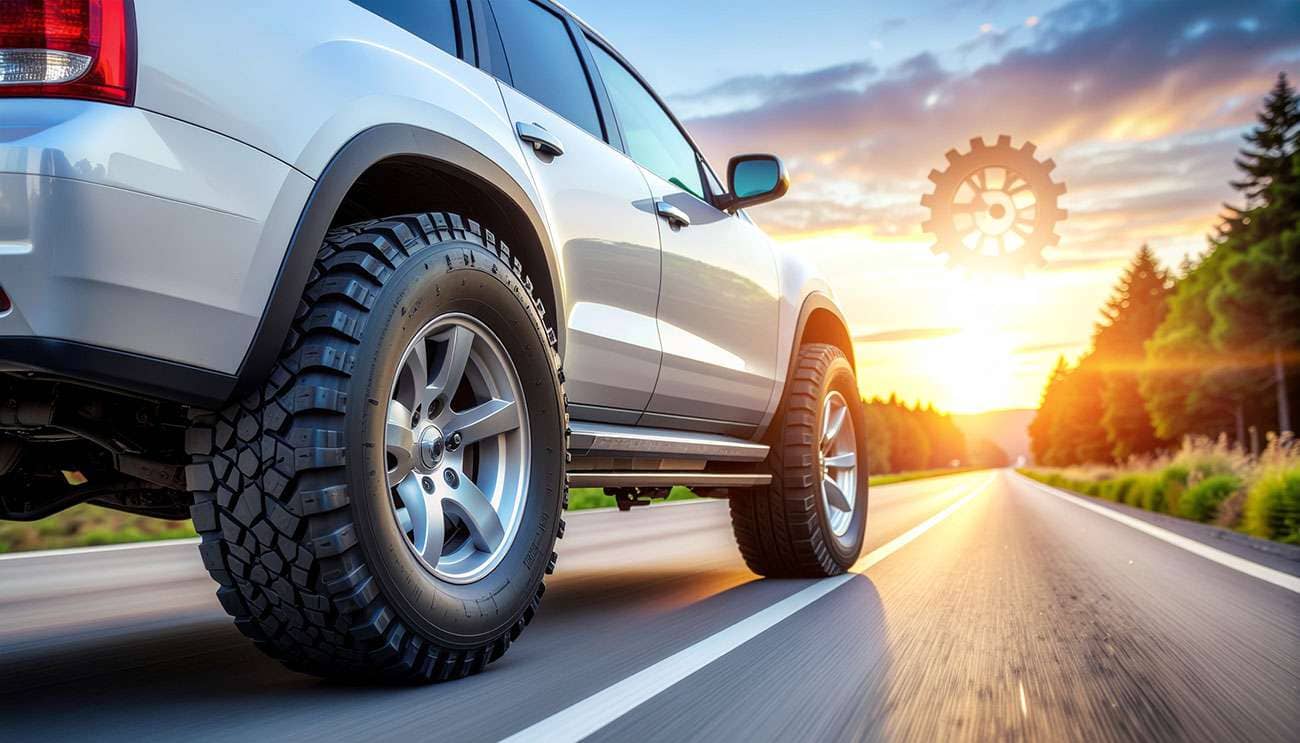
Enter your original and new tire sizes plus axle/top-gear ratios. We’ll compute the effective gear ratio, RPM at speed, and % change in acceleration and cruise RPM/fuel economy. Equation: new ratio = original ratio × (orig dia ÷ new dia).
225/45R17. Flotation: 33x12.50R17. You can also type a diameter like 31.6.diameter ? (2 × width × aspect ÷ 25.4) + rim (metric). Flotation sizes use the first number as overall diameter.RPM ? (mph × axle × top × 336 ÷ tire_dia) × (1 + slip).